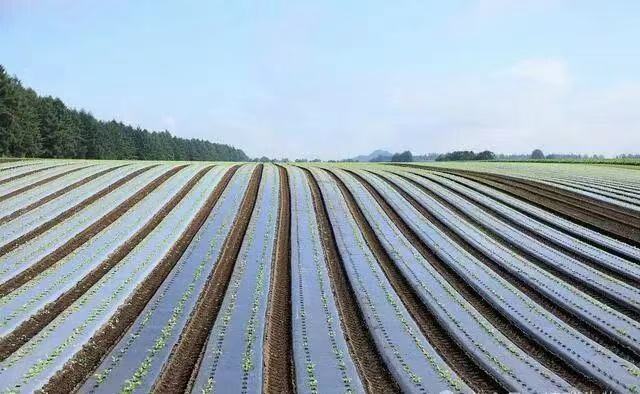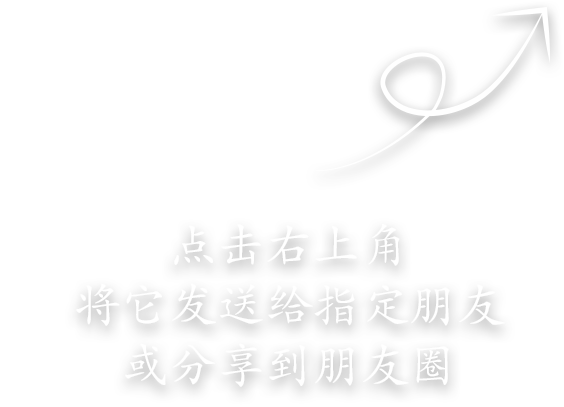On October 14th, the National Development and Reform Commission officially issued the "Special Management Measures for Energy Conservation and Carbon Reduction Central Budgetary Investment" (Document No. 1228 of 2025 issued by the Ministry of Development and Reform for Environmental and Resources Affairs), which is a policy document directly linked to central budgetary investment. This document clearly includes related fields such as biodegradable plastics in the scope of support.For industry practitioners specializing in bio-based degradable materials, this is not only an authoritative recognition of the industry's value at the national level, but also implies tangible policy benefits and a clear development direction.
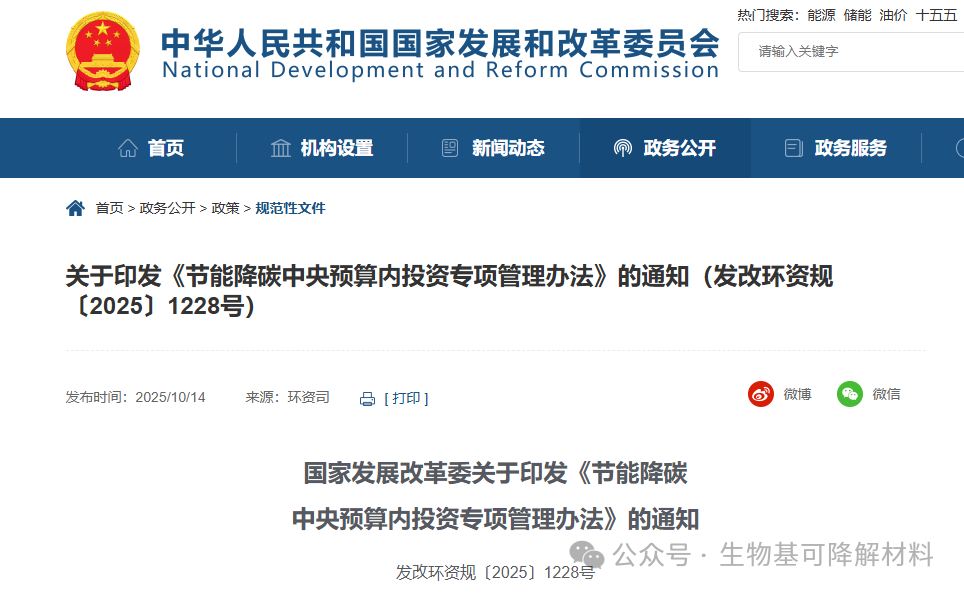
I. Core Policy Interpretation: Where is the "policy support" for biodegradable materials?
The recently released "Management Measures" is centered on achieving the "dual carbon" goals and clearly outlines six support directions. Many of the contents are directly related to the biobased degradable material industry and form a full-chain policy support from production to application.
1. Circular Economy for Carbon Reduction: Explicitly naming degradable plastics
In the third category of "projects assisting carbon reduction through circular economy", the policy clearly lists three direct supporting contents:
Support for the production and application promotion of degradable plastic products
Support for the production and application promotion of recyclable courier packaging products
Support for the construction of infrastructure for "bamboo substitution for plastic" and the production and application promotion of products
This statement for the first time lists degradable plastics, recyclable packaging, and "bamboo substitution for plastic" as the core focuses of circular economy carbon reduction, meaning that biobased degradable materials are no longer an "optional" part of environmental protection policies, but have become a key component of the circular economy system.
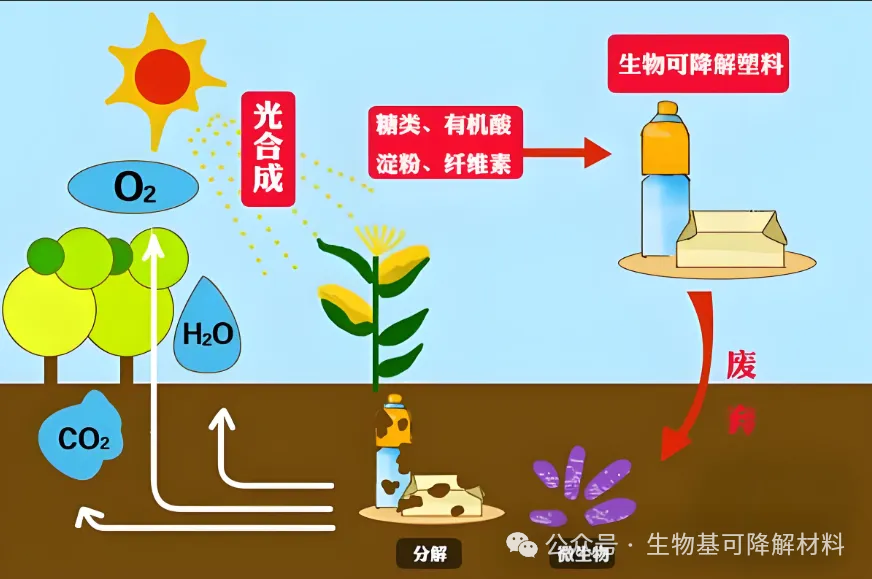
Whether it is the large-scale production of basic materials such as PLA (polylactic acid) and PBAT (polybutylene adipate-co-butylene succinate), or the application promotion of end products like degradable plastic films, express bags, and tableware, all conform to the core direction of the special support.
2. Low-carbon and zero-carbon demonstration: Technological innovation has a "testing ground"
The fourth category, "Low-carbon, Zero-carbon and Negative-carbon Demonstration Projects", provides policy outlets for technological breakthroughs in biodegradable materials, explicitly supporting "Demonstration Applications of Advanced and Applicable Green Low-carbon Technologies", as well as "Process Carbon Reduction Transformation" for zero-carbon parks and zero-carbon transportation corridors.
For industries, this means two key opportunities:
First, the research and development achievements of new biobased materials can obtain financial support through "Advanced Technology Demonstration", such as high-temperature resistant PLA modification technology and the preparation process of fully biodegradable composite membranes;
Second, they can participate in the construction of zero-carbon parks, by applying biodegradable material products on a large scale within the park and establishing a recycling and degradation system, forming a "Production-Application-Cycle" demonstration model, and such projects will be directly included in the policy support scope.
3. Full-chain connection: Policy coverage from raw materials to recycling
The logic of policy support goes far beyond the level of a single product, forming a support network covering the entire biodegradable material industry chain. At the raw material end, the support direction of "Resource utilization and energy utilization of agricultural and forestry residues" provides support for the large-scale utilization of biobased raw materials such as straw and bamboo, reducing the production cost of materials at the source; At the recycling end, the support content of "Construction of large-scale standardized recycling stations and green sorting centers" addresses the industry pain point of "difficult recycling" of biodegradable materials, laying the foundation for building a closed-loop industrial chain.
II. Real money support: How to obtain funds? What is the proportion?
For enterprises, the "Management Measures" provides clear standards and paths for financial support. Central budgetary investment will be accurately implemented through direct investment, capital injection, and investment subsidies.
1. Clear support proportion: Up to 20% of the total investment
According to the policy regulations, "Cyclical Economy-Assisted Carbon Reduction Projects" and "Low-carbon, Zero-carbon and Negative-carbon Demonstration Projects" related to biodegradable materials have a support proportion of 20% of the approved total investment. This means that a biodegradable plastic production base project with a total investment of 100 million yuan can receive a maximum of 20 million yuan of central budgetary investment support, significantly reducing the financial pressure on enterprises.
It is worth noting that if enterprises participate in the basic capacity building of carbon peak and carbon neutrality led by local governments (such as the construction of carbon emission accounting systems for biodegradable materials), they can receive up to 80% of the investment support in the western region. Central and national agency-related demonstration projects can even enjoy full funding arrangements.
2. Clear application path: From the reserve pool to the implementation of funds
The policy has clearly defined the standardized process of "Project Reserve-Plan Application-Fund Allocation", providing clear guidance for enterprises' applications:
1. Project Reserve: Enterprises need to rely on the national major project reserve pool for project reserve, highlighting the energy-saving and carbon reduction benefits of biodegradable materials.
2. Local Application: Provincial development and reform departments will select qualified projects from the reserve pool, organize annual investment plan applications, and enterprises need to submit a funding application report as required.
3. Fund Arrangement: The National Development and Reform Commission will coordinate investment plans based on annual key tasks, and the funds will be directly allocated to qualified project units to ensure the funds are used exclusively.
The policy particularly emphasizes that the supported funds must be used for "Newly started or ongoing projects as planned", and completed projects are not within the support scope. This requires enterprises to plan their project layout in advance and seize the application timing.
III. Industry opportunities implementation: How do different entities take the opportunity?
The introduction of the "Management Measures" has brought differentiated opportunities for each link of the biobased biodegradable material industry chain, including raw material suppliers, product manufacturers, and application enterprises, who can precisely connect with policy benefits based on their own positioning.
Raw material suppliers: Focus on scale-up and technological upgrading
For basic raw material producers such as PLA and PBAT manufacturers, they can focus on applying for the "Circular Economy Project for Carbon Reduction", concentrating on two main aspects:
First, the resource utilization of agricultural and forestry residues, such as establishing a PLA raw material production line based on agricultural and forestry residues, and aligning with the support policies for "Resource Utilization of Agricultural and Forestry Residues";
Second, energy conservation and carbon reduction transformation, by upgrading equipment to reduce production energy consumption and improve raw material performance.
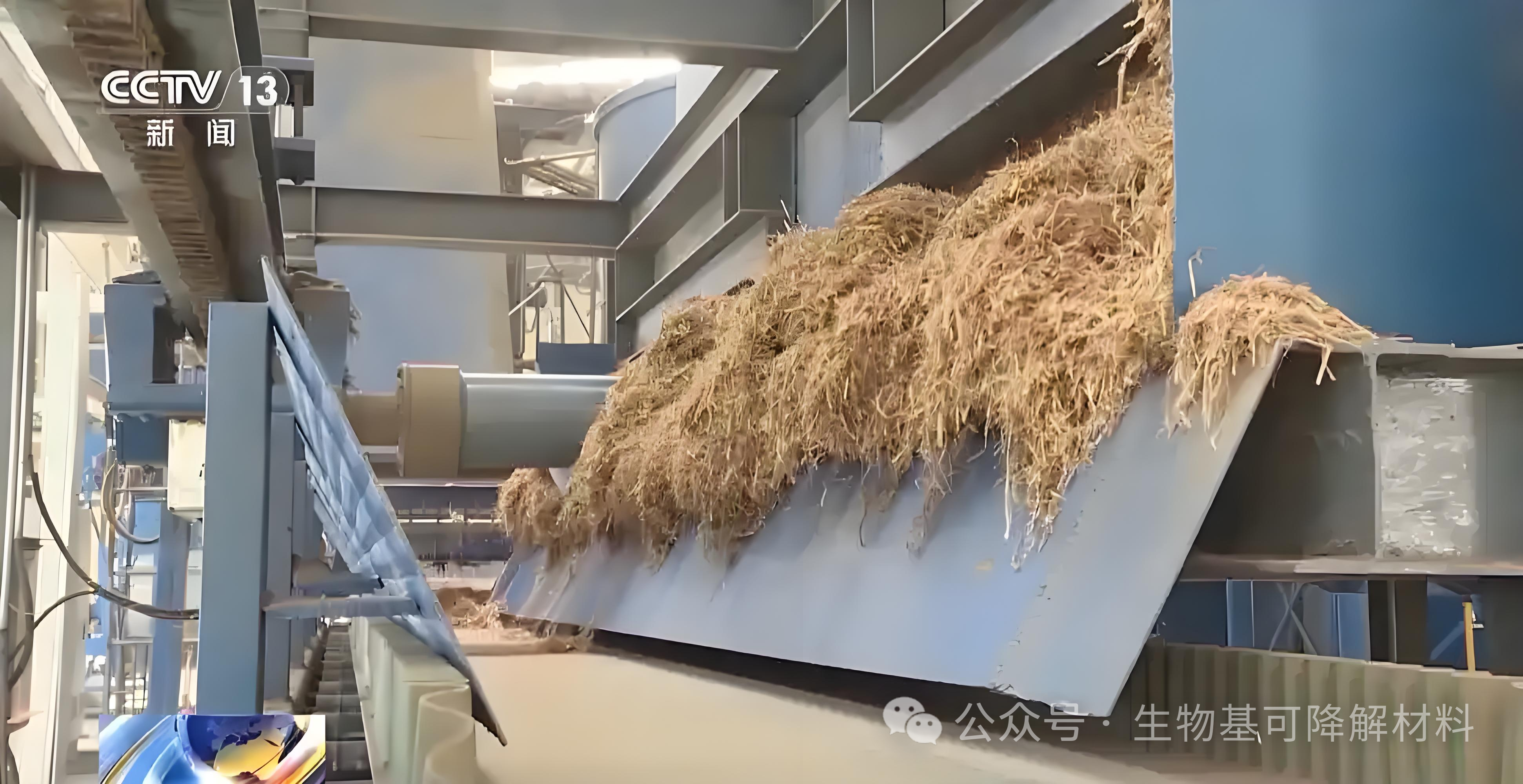 2. Product Manufacturers: Focusing on Application Promotion and Demonstration Projects
2. Product Manufacturers: Focusing on Application Promotion and Demonstration Projects
The opportunities for degradable product enterprises are concentrated in the two areas of "product application promotion" and "demonstration projects".
At the consumer end, they can jointly apply to the express delivery enterprises for the "recyclable express packaging production application" project to build a closed-loop system from packaging production to recycling;
In the agricultural field, they can cooperate with local agricultural departments to apply for the promotion and demonstration project of degradable plastic film, and include it in the relevant support scope of "agricultural green development".
3. Full Industrial Chain: Jointly Build Zero-Carbon Demonstration Ecosystem
The policy encourages the use of industrial parks and clusters as carriers to carry out large-scale energy-saving and carbon reduction renovations, which provides an excellent opportunity for the coordinated development of the industrial chain. Raw material enterprises, product enterprises, and recycling enterprises can jointly create a "biobased degradable material zero-carbon park", integrate the entire process of raw material production, product processing, and recycling degradation, and achieve a near-zero-carbon goal of the park through process transformation, and apply for "low-carbon, zero-carbon, and negative-carbon demonstration projects". This model not only can obtain financial support, but also can form an industrial synergy effect, enhancing the overall competitiveness of the industry.
Conclusion: Under the policy impetus, degradable materials enter the development fast lane
The release of the "Central Budgetary Investment Special Management Measures for Energy Saving and Carbon Reduction" marks that degradable biobased materials have entered a new stage from "policy guidance" to "financial empowerment". The policy not only clarifies the core position of degradable plastics in the circular economy, but also injects certain certainty momentum into the industry development through clear financial support standards and application paths.
For industry practitioners, the current core task is to deeply understand the policy requirements, accurately align with the support direction, and plan project layouts in advance, converting policy benefits into real development advantages.
With the continuous advancement of the "dual carbon" goals, degradable biobased materials, as a key material for replacing traditional plastics and promoting the circular economy, their market space will continue to expand. And the implementation of this special policy by the National Development and Reform Commission is precisely the "accelerator" for the high-quality development of the industry - seizing this opportunity not only allows one to enjoy policy benefits, but also enables one to take the lead in the green manufacturing wave.



